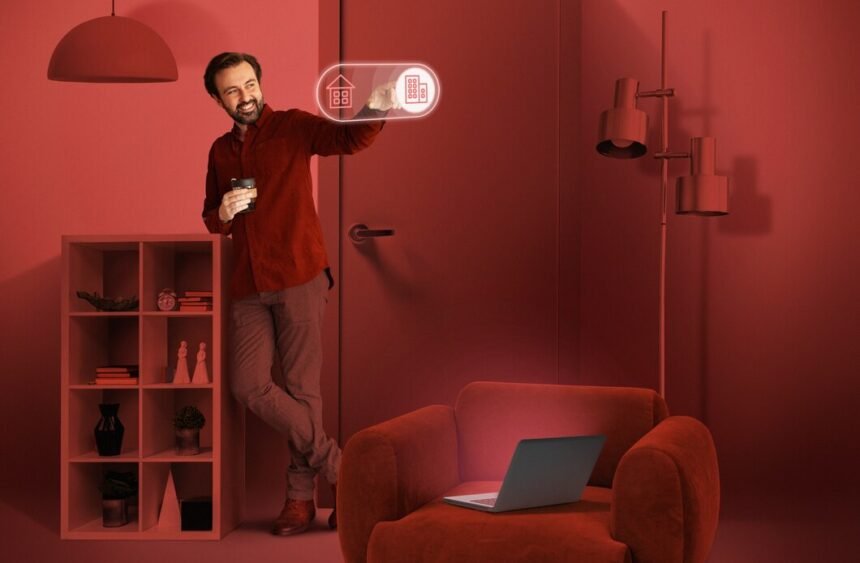Virtual assistants, powered by artificial intelligence (AI), have become integral to daily life. Whether managing smart homes, answering queries, or scheduling appointments, they simplify tasks with remarkable efficiency. However, a significant challenge remains: making these assistants sound and feel more human. Voice cloning, an advanced AI technology, is emerging as a game-changer in this arena, promising to revolutionize the way we interact with digital entities.
Understanding Voice Cloning
Voice cloning refers to the process of creating a digital replica of a person’s voice using AI and machine learning techniques. By analyzing speech patterns, intonation, and vocal nuances, AI models can generate synthetic voices that sound natural and authentic. These cloned voices can then be used in various applications, from entertainment to customer service, and now, virtual assistants.
The advent of free AI voice cloning tools has democratized access to this technology. These tools enable individuals and developers to experiment with creating voice models without the high costs traditionally associated with such advancements. This accessibility has spurred innovation and encouraged more personalized interactions with AI-driven platforms.
Enhancing Virtual Assistants with Voice Cloning
Voice cloning can dramatically enhance the capabilities of virtual assistants, making them more engaging and relatable. Here are some ways it achieves this:
- Personalization: Virtual assistants can adopt familiar voices, such as those of a family member or celebrity, making interactions more enjoyable. Imagine a child interacting with an assistant that sounds like their favorite cartoon character—it transforms the experience into something magical and engaging.
- Natural Conversations: Traditional text-to-speech systems often sound robotic, which can be off-putting. Voice cloning, on the other hand, produces a natural-sounding voice, complete with pauses, emphasis, and emotional tone. This makes conversations with virtual assistants feel closer to human interaction.
- Multilingual Support: By cloning voices in different languages, virtual assistants can seamlessly switch between tongues while maintaining a consistent tone and style, catering to a global audience.
- Accessibility: For individuals with speech impairments, voice cloning can replicate their voice, allowing them to communicate through virtual assistants in a way that feels personal and empowering.
Real-World Applications of Voice Cloning in Virtual Assistants
Voice cloning isn’t just about making virtual assistants sound good—it also expands their functionality in exciting ways:
- Healthcare: In telemedicine, virtual assistants with cloned voices can deliver instructions in a calming and reassuring manner, improving patient compliance and experience.
- Education: Teachers and educators can create voice clones to guide students through learning modules, making e-learning more interactive and less monotonous.
- Customer Service: Businesses can use voice cloning to provide virtual assistants that align with their brand identity, enhancing customer satisfaction and loyalty.
Ethical Considerations and Challenges
Despite its benefits, voice cloning raises ethical concerns. Misuse of the technology for identity theft, misinformation, or creating deepfake content is a significant risk. It is crucial for developers and companies to implement safeguards, such as watermarking cloned audio or requiring consent before cloning a voice.
Tutorials and guidelines can educate users on the ethical boundaries of this technology, ensuring that it is used to enhance, rather than harm, human interactions.
The Role of AI and Machine Learning
The foundation of voice cloning lies in deep learning algorithms, particularly those based on neural networks. Models such as WaveNet and Tacotron have revolutionized speech synthesis by enabling systems to generate lifelike speech from text. As AI continues to evolve, we can expect even greater advancements in the fidelity and adaptability of voice cloning technologies.
For developers interested in exploring this technology, resources on how to do AI voice cloning are widely available. These guides often explain the basics of training models, gathering voice data, and fine-tuning results to achieve optimal performance. Open-source platforms and APIs further simplify the process, allowing even non-experts to dive into the world of voice synthesis.
The Future of Virtual Assistants with Voice Cloning
The integration of voice cloning into virtual assistants is just the beginning. Future developments could include:
- Dynamic Emotional Range: Advanced models might adjust their tone and emotional expression based on context, making virtual assistants capable of empathizing with users in real-time.
- Continuous Learning: Virtual assistants could adapt their speech patterns over time based on user preferences and feedback, ensuring a truly personalized experience.
- Augmented Reality (AR) Integration: In AR environments, virtual assistants with realistic voices could guide users through immersive experiences, from virtual tours to interactive gaming.
- Collaborative Assistants: Teams of virtual assistants, each with distinct voices and expertise, could collaborate to tackle complex tasks, offering specialized assistance.
Conclusion
Voice cloning represents a transformative leap for virtual assistants, bridging the gap between machine efficiency and human-like interaction. As this technology evolves, it has the potential to redefine how we engage with AI in personal, professional, and social contexts. While challenges like ethical use and security must be addressed, the future of voice cloning in virtual assistants is undeniably bright, promising a more seamless and empathetic integration of AI into our lives.
Also Read: How to Reveal Your Future Baby’s Face with AI Ease








